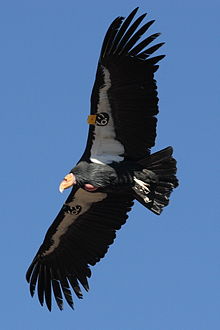
A large proportion of living species on Earth live a parasitic way of life.[2] Parasites have traditionally been seen as targets of eradication efforts, and they have often been overlooked in conservation efforts. In the case of parasites living in the wild – and thus harmless to humans and domesticated animals – this view is changing. The conservation biology of parasites is an emerging and interdisciplinary field that recognizes the integral role parasites play in ecosystems. Parasites are intricately woven into the fabric of ecological communities, with diverse species occupying a range of ecological niches and displaying complex relationships with their hosts.
The rationale for parasite conservation extends beyond their intrinsic value and ecological roles. Parasites offer potential benefits to human health and well-being. Many parasites produce bioactive compounds with pharmaceutical properties, which can be utilized in drug discovery and development.[3] Understanding and conserving parasite biodiversity not only contributes to the preservation of ecosystems but also holds promise for medical advancements and novel therapeutic interventions.[1][4]
- ^ a b Stringer, Andrew Paul; Linklater, Wayne (2014). "Everything in Moderation: Principles of Parasite Control for Wildlife Conservation". BioScience. 64 (10): 932–937. doi:10.1093/biosci/biu135.
- ^ Windsor DA (1998). "Most of the species on Earth are parasites". International Journal for Parasitology. 28 (12): 1939–1941. doi:10.1016/S0020-7519(98)00153-2. PMID 9925276.
- ^ Cite error: The named reference
:1was invoked but never defined (see the help page). - ^ Cite error: The named reference
:2was invoked but never defined (see the help page).